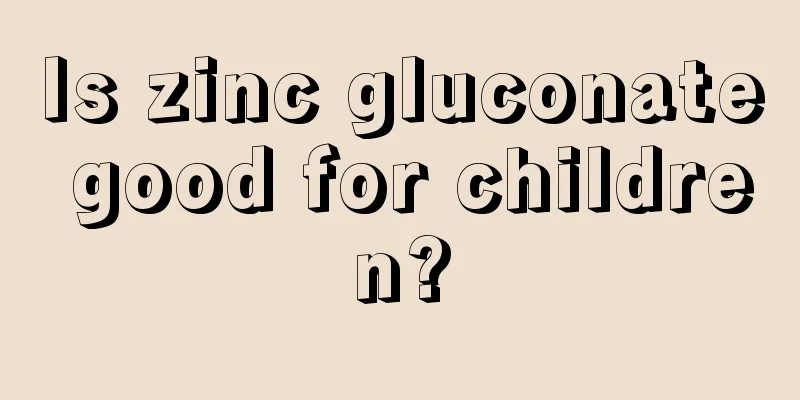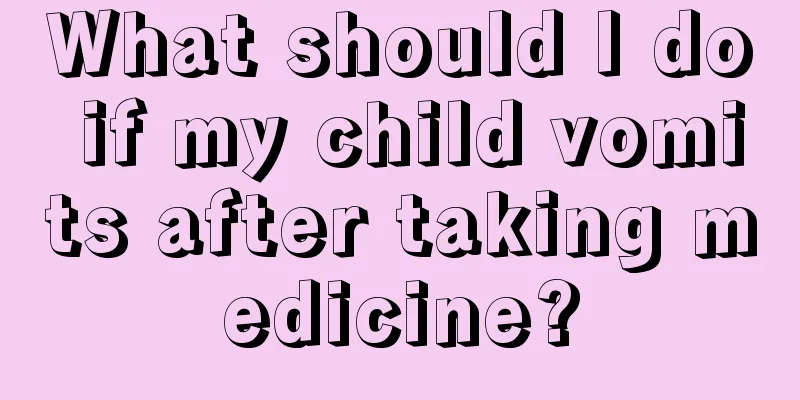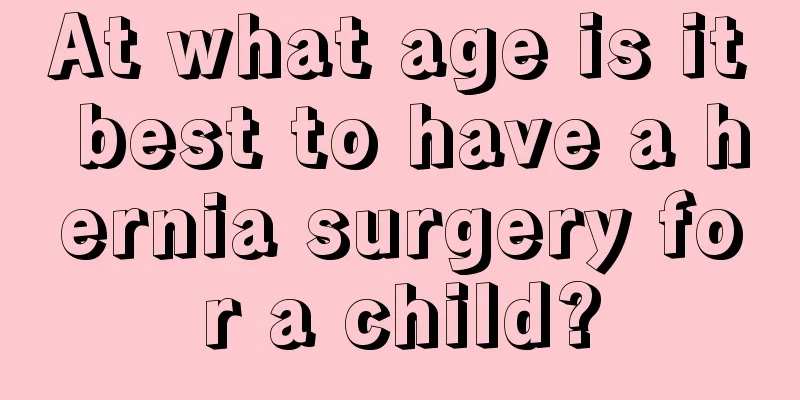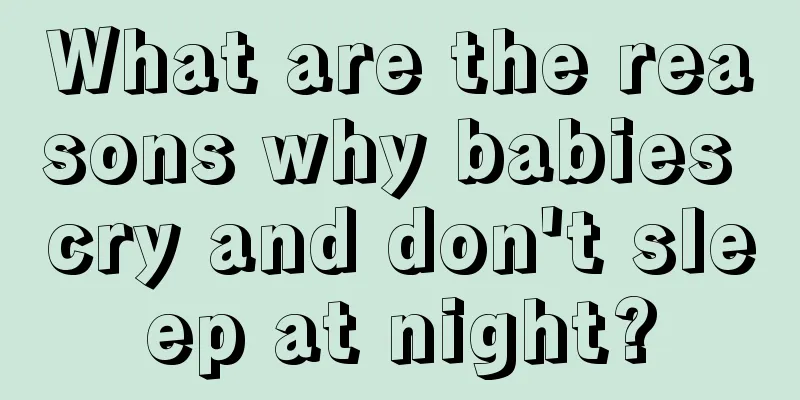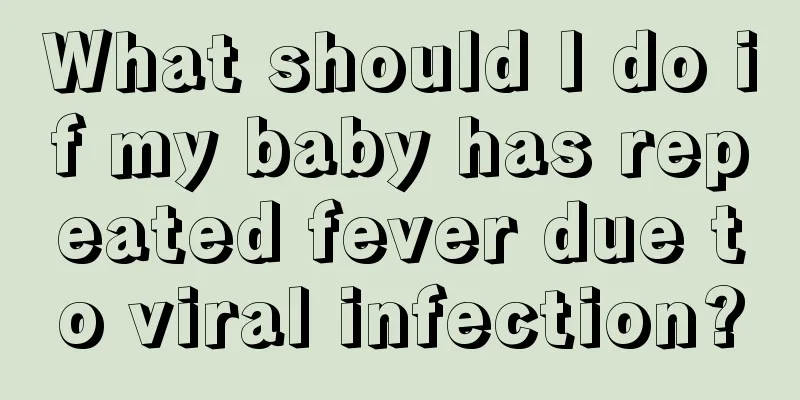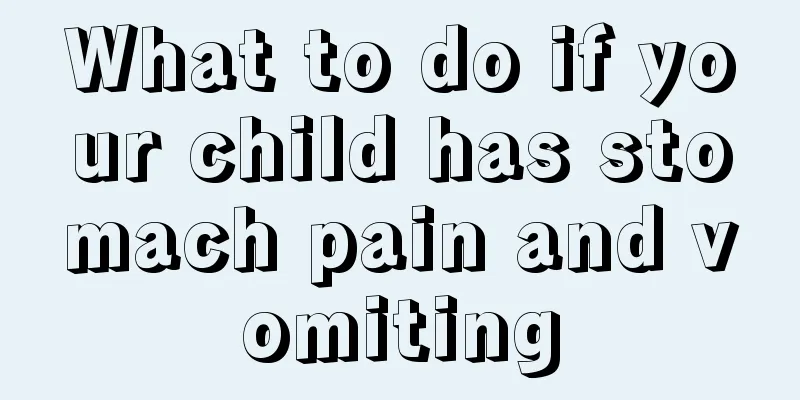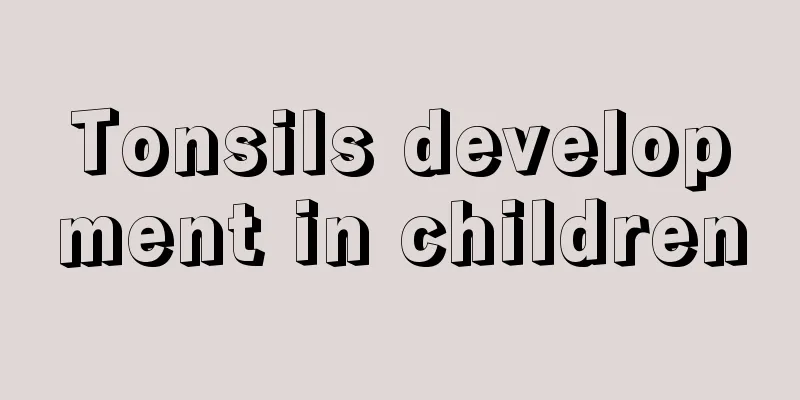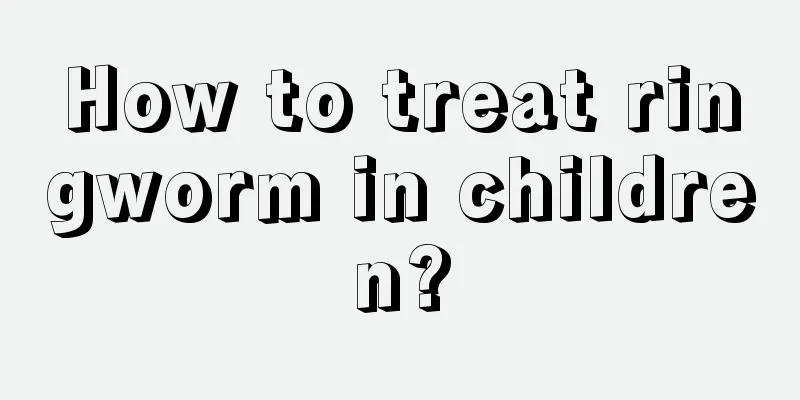The harm of febrile enema in children

|
In the context of a fast-paced life, we in real life always pay attention to speed no matter what we do. Especially when there are physical symptoms, many people hope to be treated in the shortest possible time. For example, many parents will ask doctors to perform enema treatment when their children have a fever. In fact, from a health perspective, although this treatment method can reduce fever in the shortest time, it also has many hazards. So what are the hazards of enema for children with fever? The first disadvantage of enema in children 1. Bone marrow damage Rectal instillation uses a large amount of medication and the use of medication is not strict. Up to now, the country has not promoted it, and there is no strict standard to implement it. Everyone is using drugs indiscriminately, either orally or intravenously, as long as it is a drug, it is injected into the body. Most so-called empirical prescriptions contain dosages that are many times greater than those for oral or intravenous medications. 2. Low absorption Because the rectal mucosa has fewer wrinkles, no villi, small liquid capacity, and small absorption area, drug absorption is relatively slow and the amount of drug entering the blood circulation is very limited. 3. Infectious diarrhea Rectal instillation is not a safe and sterile method of drug administration. The intestines contain many bacteria, which may enter the deep intestines with the instillation solution and cause contamination. In particular, some antibiotics may kill the beneficial bacteria in the intestines, causing imbalance in the body's flora, leading to secondary infections and diarrhea, etc. Benefits of Second Enema for Children Short-term intermittent enema treatment has little effect on the whole body and few adverse reactions. It is a better laxative method and can be used for acute constipation (such as acute fecal impaction). This method can sometimes be used to stimulate the rectum in order to re-establish the rectal defecation reflex, and can be used for early treatment of some constipation patients. Enema therapy is also a basic treatment for childhood constipation and is often used to relieve constipation in children with idiopathic constipation or congenital megacolon. For patients with severe constipation who have not responded to treatment with diet therapy, oral laxatives, etc., enema is often the last resort for defecation. Through the above introduction, we know the benefits and harms of enema. The rectum has its own inherent physiological environment. Long-term or repeated rectal instillation of medication will cause changes in the physiological functions and environment of the rectal mucosa, rectal acidity and alkalinity, secretion and absorption of the rectal wall, and damage the intestines. Therefore, we need to see the benefits and harms of enema before deciding whether to do it or not. |
<<: The child has a fever but does not have a fever
>>: Why is my child's urine pink?
Recommend
What to do if your baby has a short sleep time during the day
There are great differences in the amount of time...
The reason why the forehead of a newborn is dark
In fact, there are still many problems for newbor...
How to treat a child's knee abrasion
In life, many parents are worried about their chi...
Children have a fever at midnight
It is common for children to get sick, but parent...
Chinese medicine for children's constipation
Constipation can happen to anyone, especially chi...
Birthmarks on baby
Babies are the little angels of every family. If ...
Causes of black teeth in children
Everyone knows that teeth are very important to u...
What to do if your child has nosebleeds in autumn
Many people feel that autumn is a good season wit...
Normal value of jaundice in 40-day-old baby
For 40-day-old babies, their physical fitness is ...
How to add egg yolk to your baby
Every mother loves her baby and is very concerned...
How long does it take for a newborn to drink water?
Can newborns drink water? The answer is definitel...
What are the methods for treating cough in children?
Normally, many children often have coughs of vary...
What to do if your two and a half year old baby has rhinitis
If a two-and-a-half-year-old baby has rhinitis, h...
What is the reason for children's hunchback?
The problem of hunchback is very common in life a...
Healthy weight loss methods and precautions for children
What are the healthy weight loss methods and prec...
